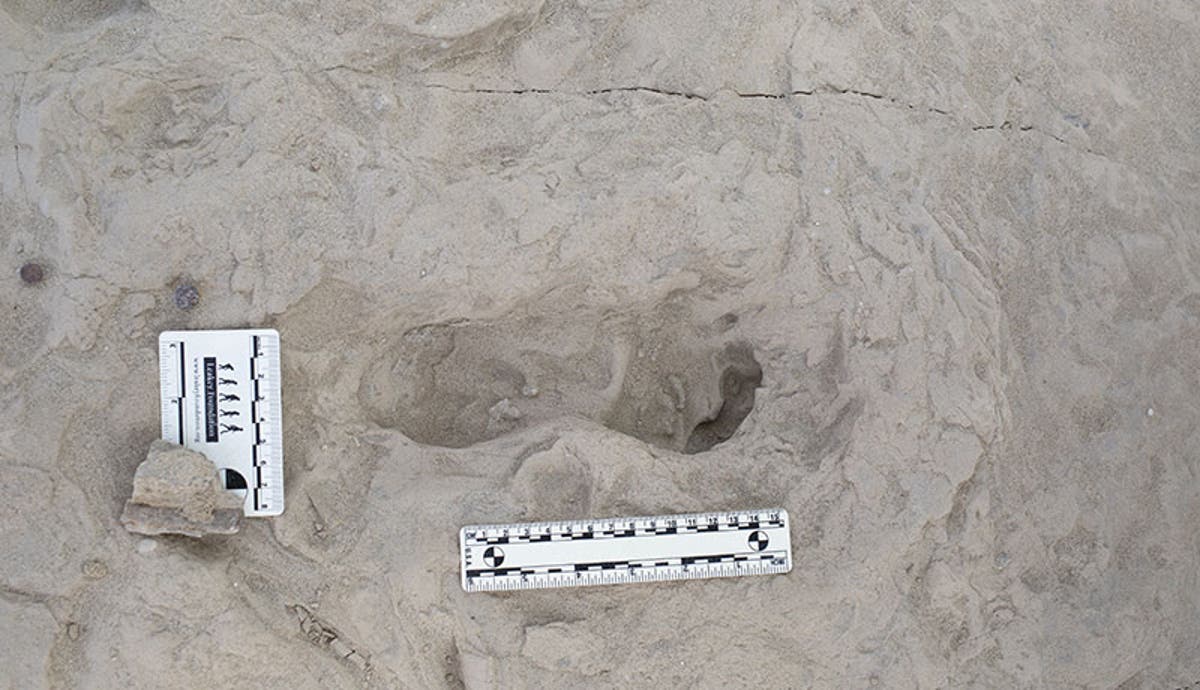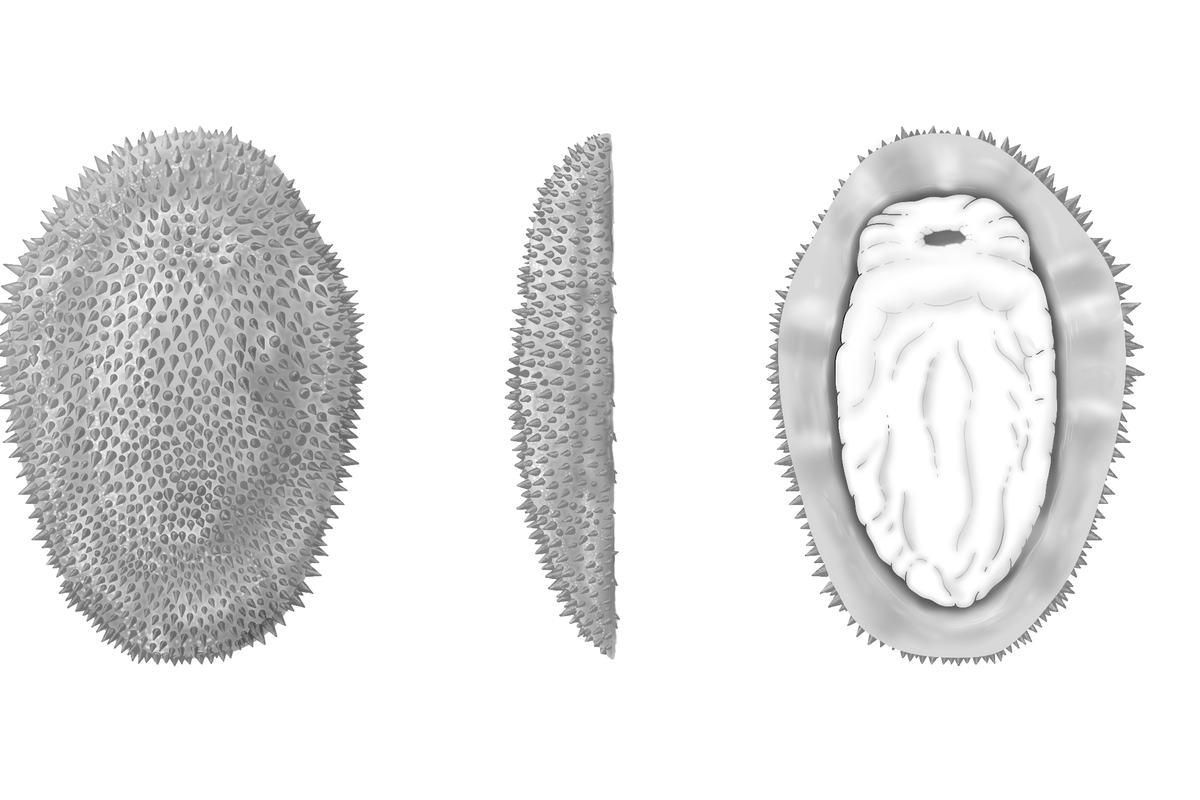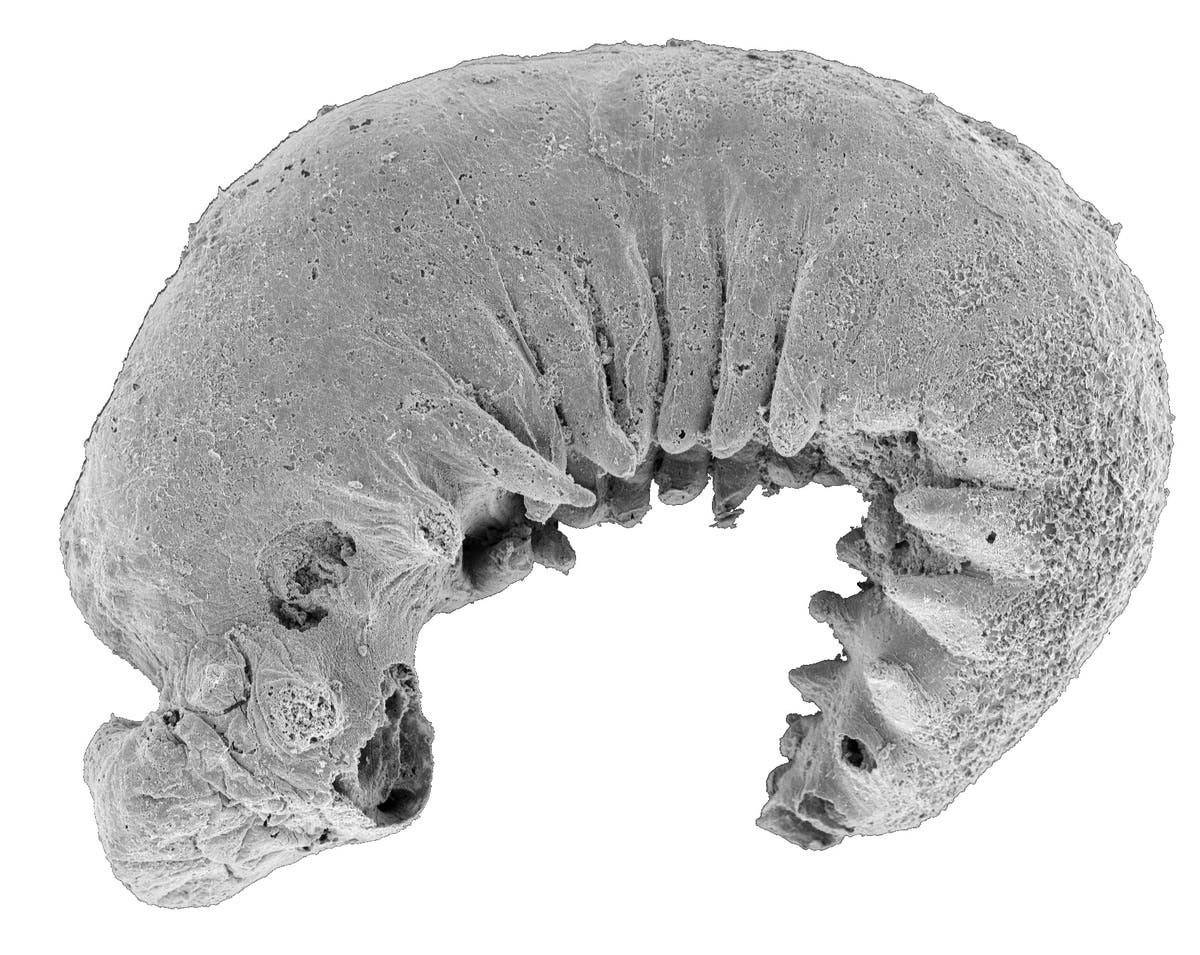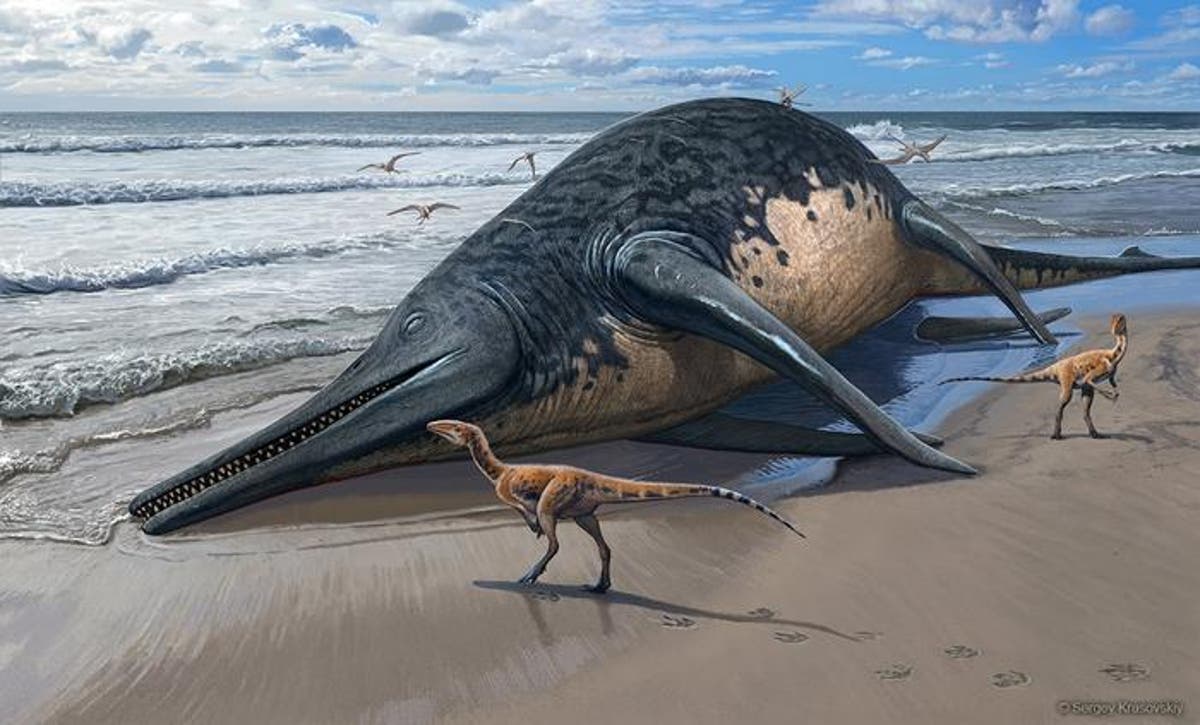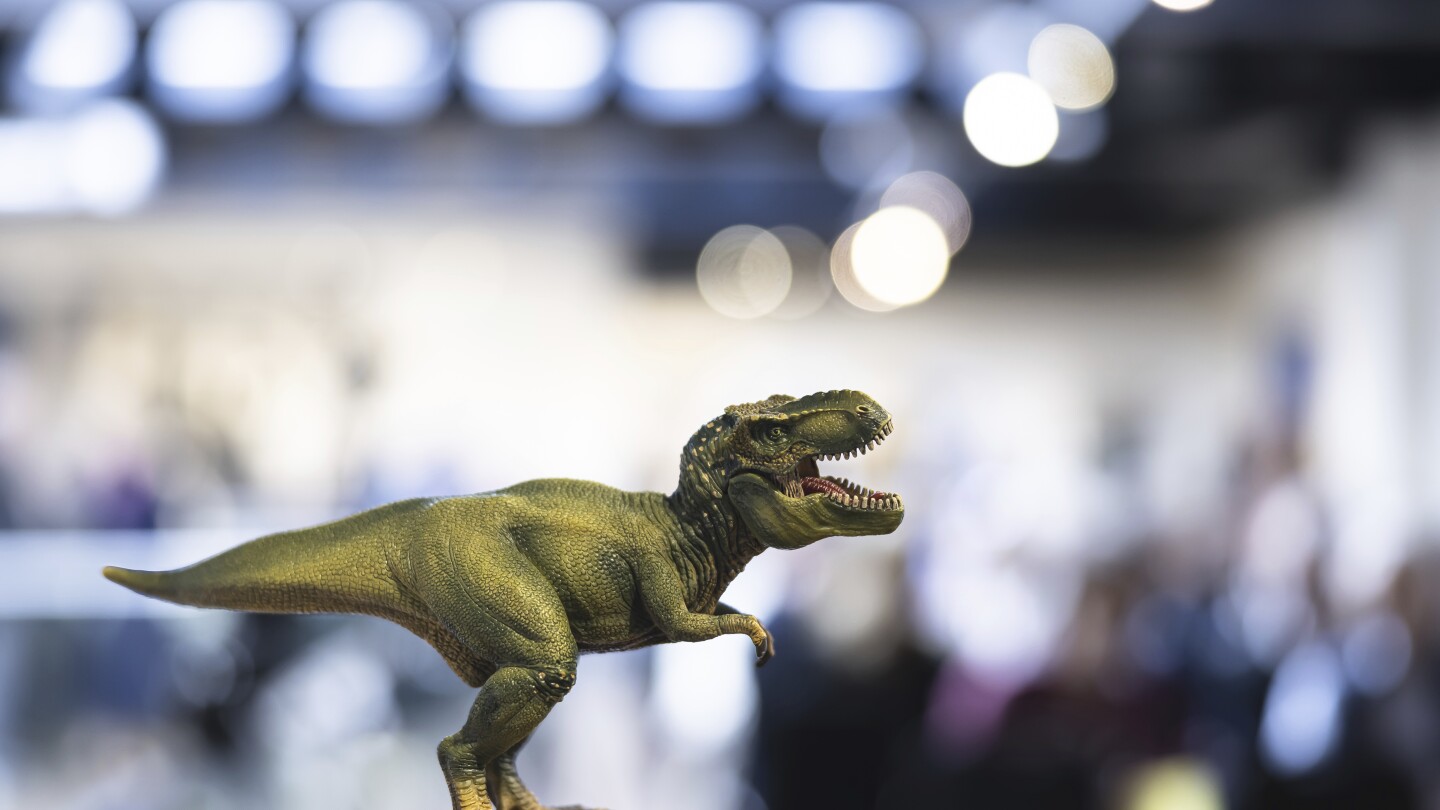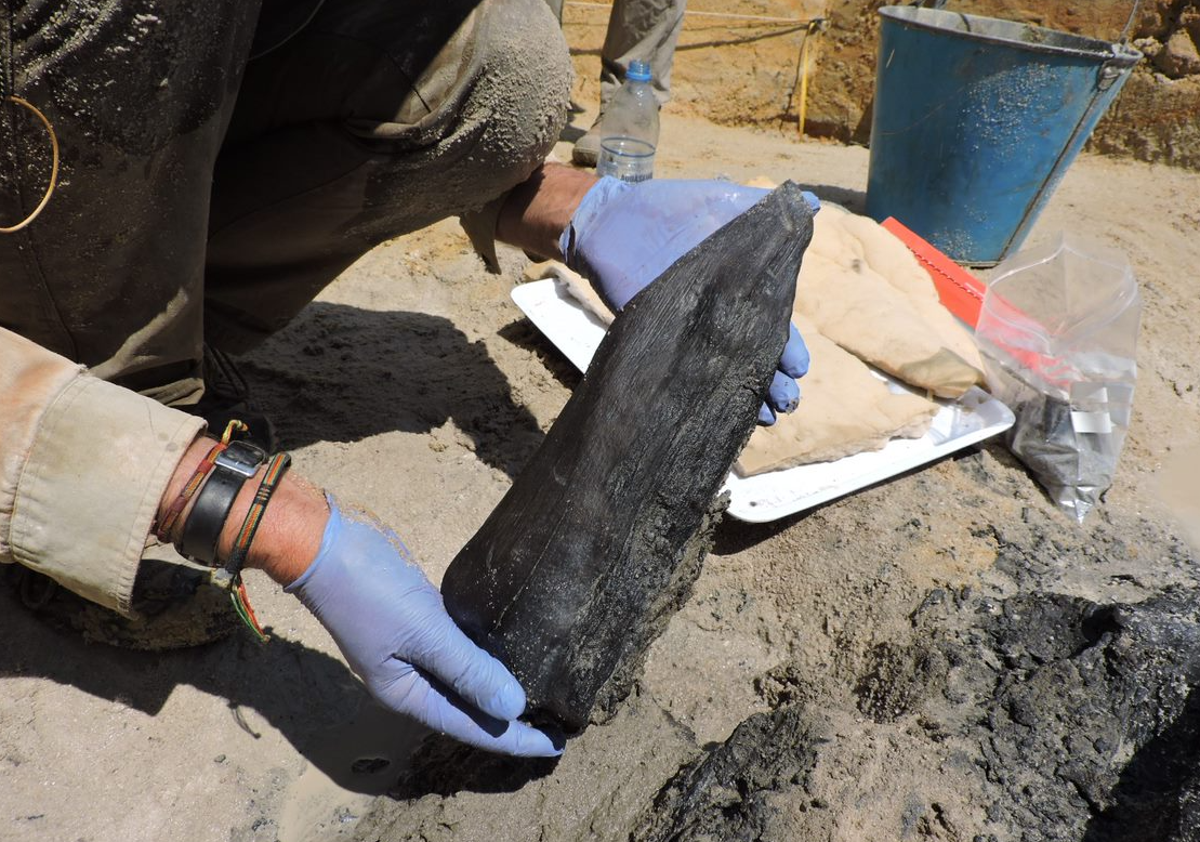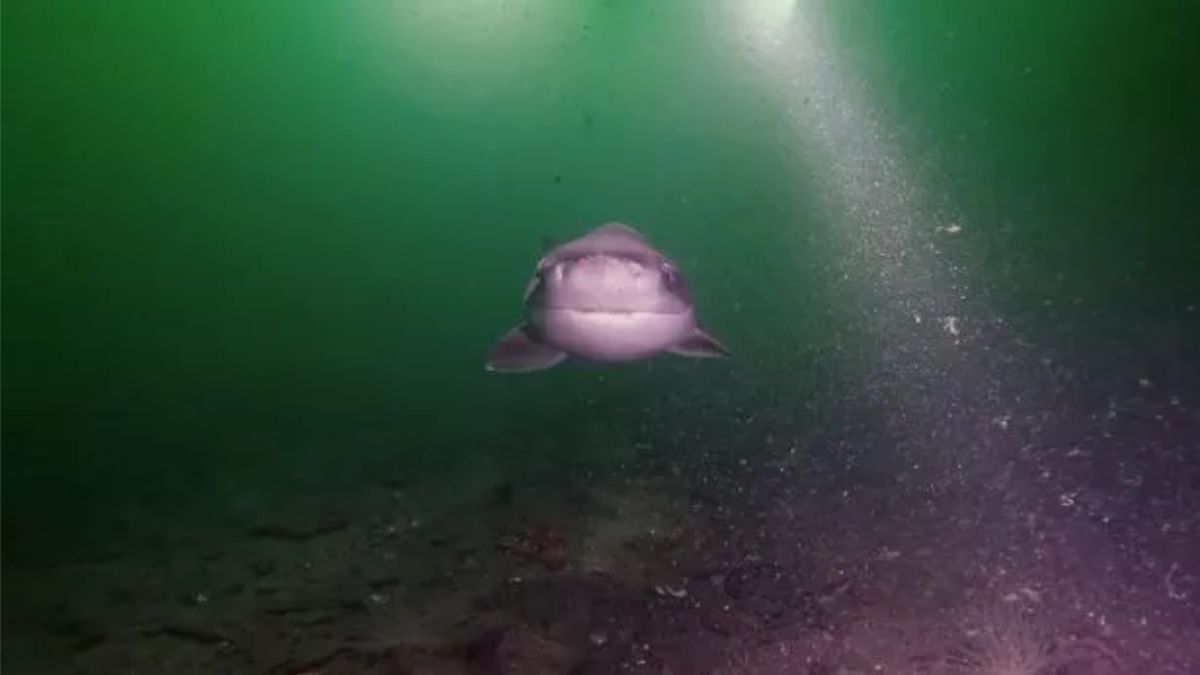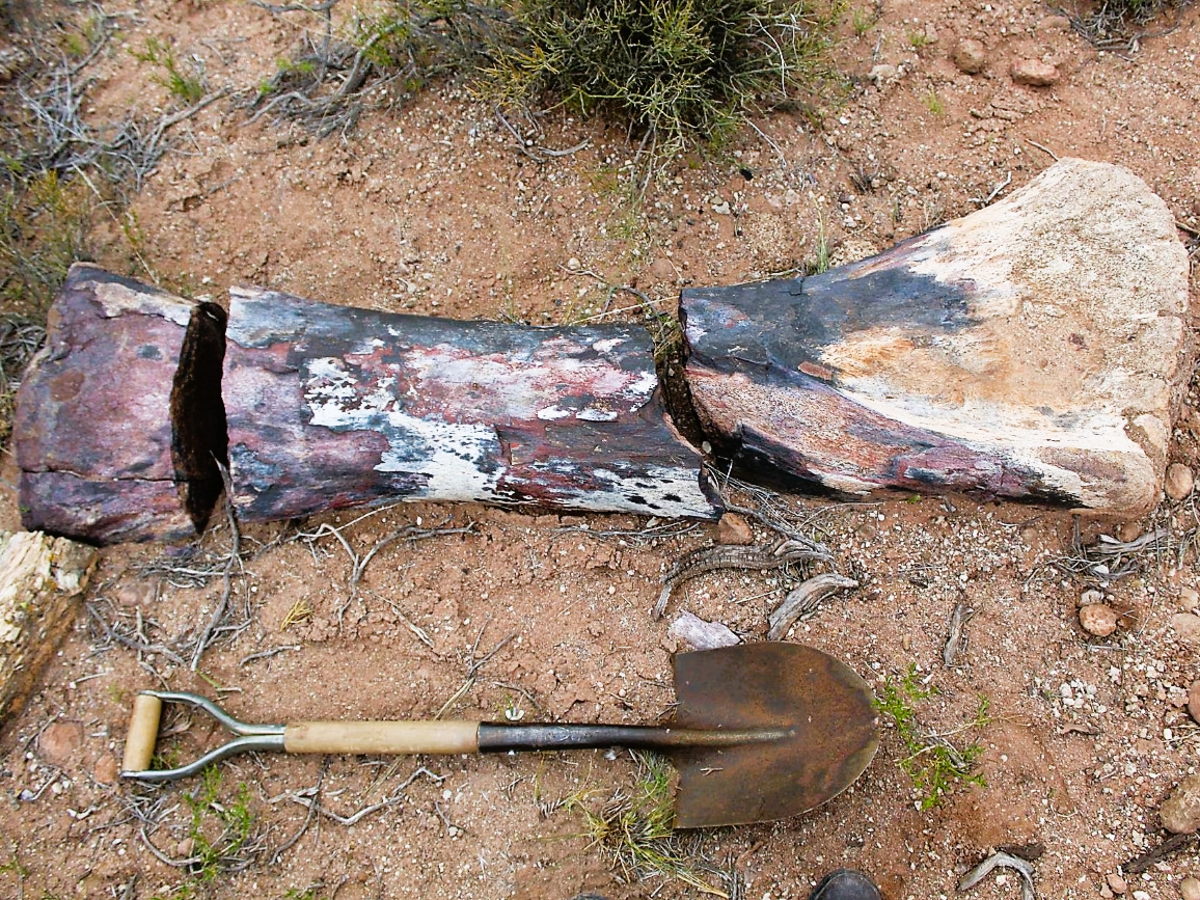
Oldest fossils of mysterious animal group are really seaweeds, study suggests
The IndependentSign up for our free Health Check email to receive exclusive analysis on the week in health Get our free Health Check email Get our free Health Check email SIGN UP I would like to be emailed about offers, events and updates from The Independent. But if Bryozoans truly evolved after the Cambrian period, it shows that evolution kept its creative touch after this critical period of innovation Dr Martin Smith, Durham University They appeared only in the Ordovician period, making them the only group of fossil animals not to appear in the Cambrian “explosion”, a rapid burst of evolution 40 million years earlier. “But if Bryozoans truly evolved after the Cambrian period, it shows that evolution kept its creative touch after this critical period of innovation – maybe the trajectory of life was not set in stone half a billion years ago.” Instead of the tentacles we would expect to see in Bryozoans, we discovered simple leaf-like flanges – and realised we were not looking at fossil animals, but seaweeds Prof Zhang Xiguang, Yunnan University The ancient fossil material was discovered in the hills of China, and revealed previously unseen “soft parts” of Protomelission gateshousei, formerly believed to be the earliest Bryozoan. Study co-author Professor Zhang Xiguang, of Yunnan University, said: “Where previous fossils only preserved the skeletal framework of these early organisms, our new material revealed what was living inside these chambers. “This means that the oldest convincing Bryozoan fossils do not evolve until the next geological period, the Ordovician.” The researchers suggest while the origin of animal groups may not have been so sudden, humble seaweeds played a larger part in the early oceans than previously thought.
History of this topic

‘Earliest animal predator’ named after David Attenborough
Associated Press
Oldest fossils of animals may be in Canadian rocks, study says
LA TimesDiscover Related


